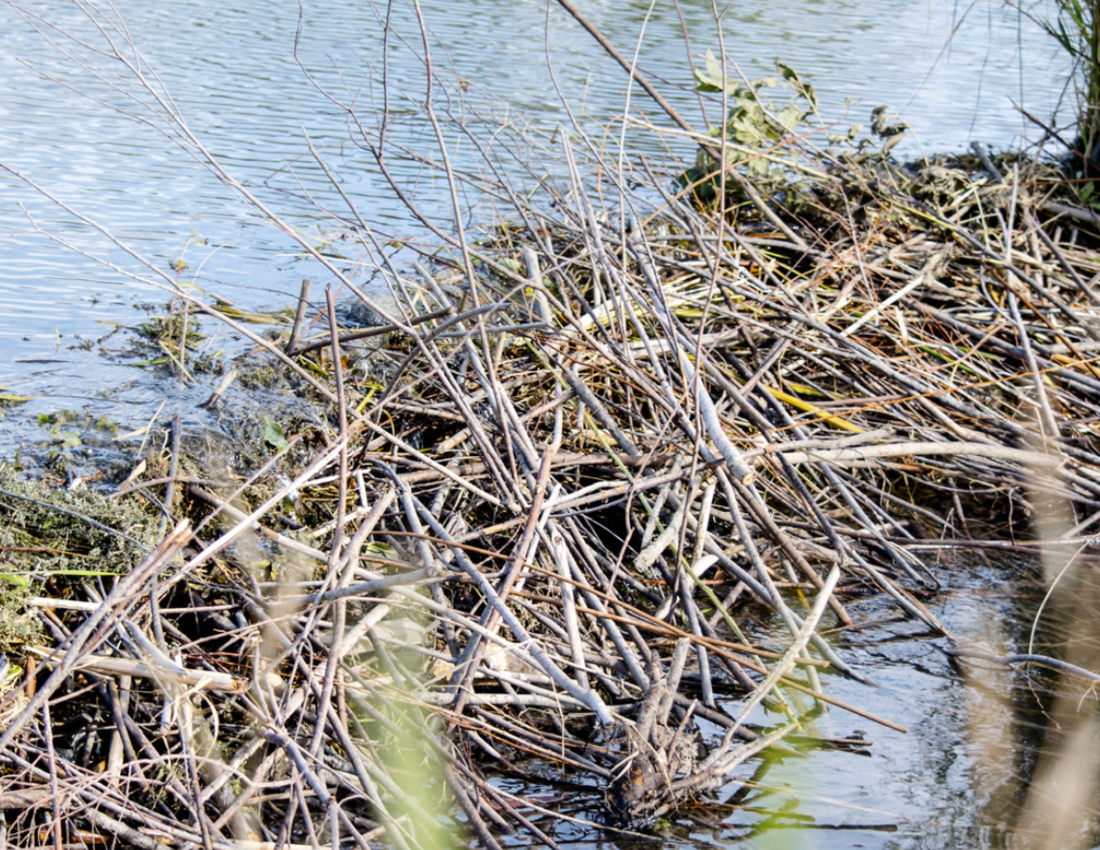Water Management Information
In Alberta, there is water policy and legislation in place to ensure the quality and quantity of our water resources and to ensure thriving ecosystems now and into the future. Alberta Environment and Protected Areas is responsible for overseeing this legislation.
The Alberta Water Act came into force on January 1, 1999 and focuses on the planning, use, and enforcement needed to manage and protect Alberta’s water.
The Water for Life Strategy—Alberta’s Strategy for Sustainability is the Government of Alberta’s comprehensive water management plan. The strategy was released in 2003 and a renewed strategy was released in 2008 reaffirming the Government's commitment to:
- safe, secure drinking water supply
- healthy aquatic ecosystems
- reliable, quality water supplies for a sustainable economy
Water Wells
Are you looking for water wells on your property? Check out Alberta Water Wells
Are you thinking of making changes to surface water on your land?

Under the Water Act, ALL water in Alberta, including water that is on private land, is the property of the Crown and is to be protected by the Government of Alberta.
Therefore, if a landowner wishes to undertake in an activity that:
- may affect the land or vegetation under or around a water body, OR
- may affect the location, flow, or quality of the water or aquatic environment,
Prior authorization is required from Alberta Environment and Protected Areas (AEPA). This includes any changes to drainage or changes to the purpose of a diversion, the installation of tile drainage, infilling, and the creation of dugouts, ditches, berms, and water crossings.
What should you do if you suspect an adjacent landowner is not complying with the Water Act?

If you suspect that an adjacent landowner’s activities are impacting the water flow on your land, the first thing to do is speak with the adjacent landowner to try and find an appropriate solution.
If you suspect the adjacent landowner is not in compliance with the Water Act, you can file a complaint with Alberta Environment and Protected Areas by calling the 24-hour Environmental Hotline at 1-800-222-6514.
What is Beaver County's policy on beaver management?
Beaver control measures on private land, such as trapping and dam removal, will not be completed by Beaver County and shall be the landowner's sole responsibility.
If the beaver(s) or beaver dam(s) are on private land and are affecting County infrastructure or have the potential to threaten County infrastructure, the County may complete the work at no cost to the landowner.
Beaver County will respond to requests from ratepayers or other agencies for beaver control on municipal lands and may actively pursue and eradicate beaver and beaver dams on all municipally-controlled property.
For drainage and beaver-related concerns on primary and secondary highways, please report to Alberta Transportation and Economic Corridors regional office at 780-853-8178 or call the local Contract Management Area contractor, Emcon Services Inc, through their 24/7 report line at 1-800-390-2242.
Click here for the County’s Overland Drainage Policy.



